Upgrading your Windows 11 system should be straightforward, but some users have encountered an issue where the 'Preparing for Upgrade' window crashes after entering the product key, causing the Settings app to become unresponsive. Fortunately, there are several methods to resolve this problem.
Method 1: Change User Account Control Settings
Adjusting the User Account Control (UAC) settings has helped some users fix the 'Preparing for Upgrade' crash. Since modifying UAC settings is simple, it's worth trying this method first.
Step 1: Open the Start Menu and type Control Panel into the search bar. From the results, click on the 'Control Panel' app to launch it.
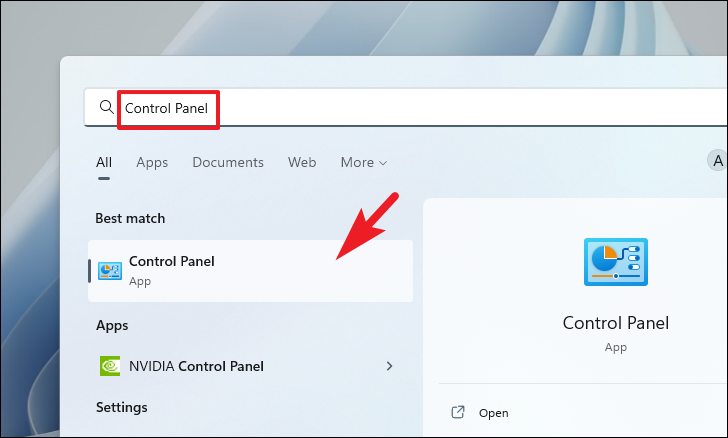
Step 2: In the Control Panel window, find and click on the 'User Accounts' option.
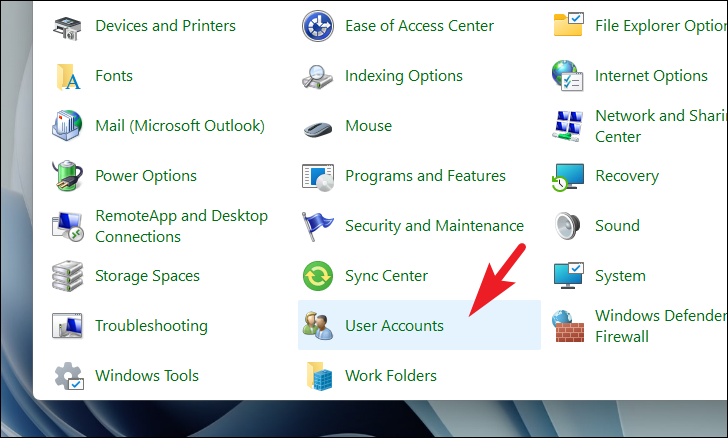
Step 3: Under the 'Make changes to your user account' section, click on 'Change User Account Control settings'. This will open a new window.
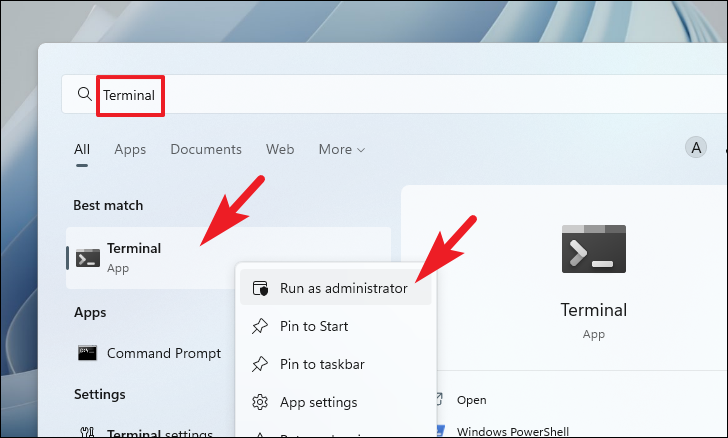
Step 4: In the UAC settings window, move the slider all the way down to 'Never notify'. Click 'OK' to save the changes. Note that this setting will disable UAC prompts, which might make your system less secure. Remember to revert this setting after completing the upgrade.
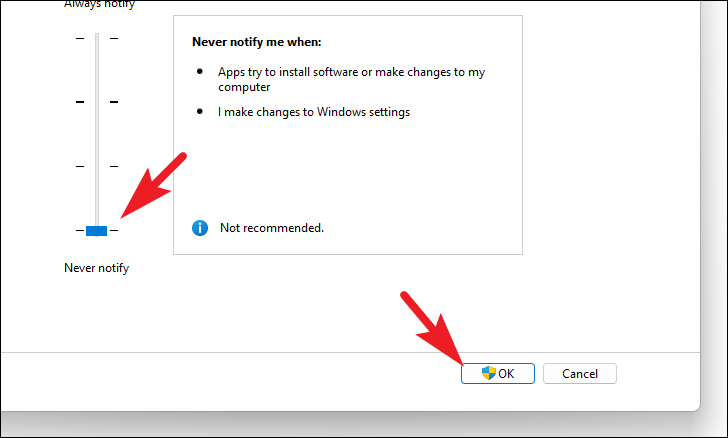
Step 5: Attempt to upgrade Windows again to see if the issue is resolved.
Method 2: Run DISM and SFC Scans
Corrupted or damaged system files might be causing the upgrade window to crash. Running the Deployment Image Servicing and Management (DISM) tool and the System File Checker (SFC) can repair these files and potentially fix the issue.
Step 1: Open the Start Menu and type Terminal. Right-click on the 'Terminal' app in the search results and select 'Run as administrator'.
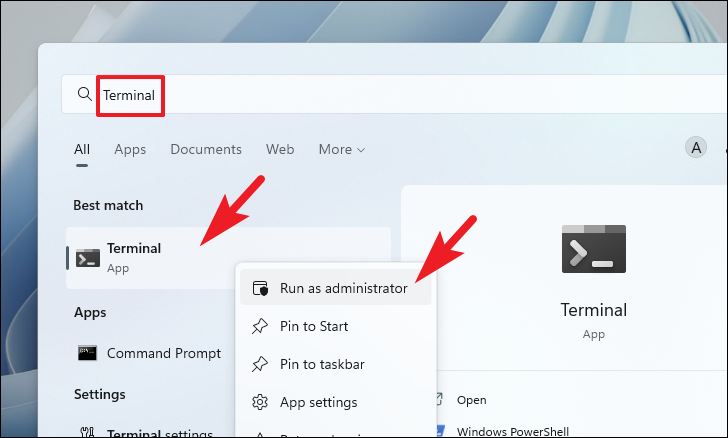
Step 2: If prompted by User Account Control (UAC), click 'Yes' to allow administrative privileges.

Step 3: In the Terminal window, type or paste the following command and press Enter to run the DISM tool:
DISM /Online /Cleanup-Image /RestoreHealth
The DISM process may take some time and can appear to hang, but this is normal. Wait patiently until it completes.
Step 4: After DISM has finished, run the SFC scan by typing or pasting the following command and pressing Enter:
SFC /scannow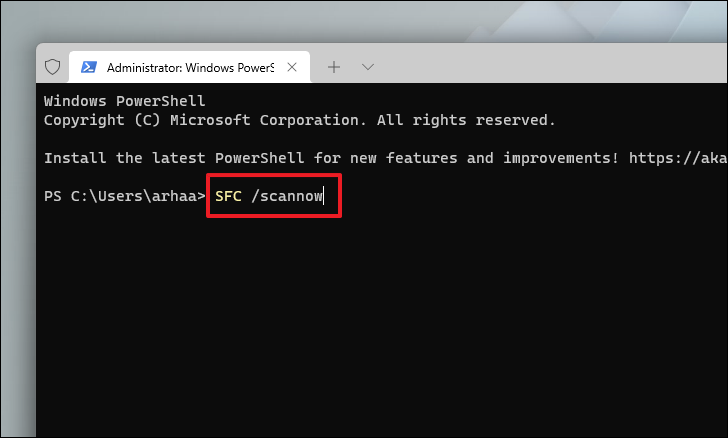
Step 5: Once the SFC scan is completed, restart your computer. Step 6: After rebooting, try to upgrade Windows again to see if the problem persists.
Method 3: Upgrade Using Command Prompt
If the standard upgrade process isn't working, you can try upgrading your PC via the Command Prompt. This method bypasses the GUI and might resolve issues caused by improper system file invocation.
Step 1: Open the Start Menu and type CMD. Right-click on 'Command Prompt' in the search results and select 'Run as administrator'.

Step 2: If prompted by UAC, click 'Yes' to grant administrative privileges.

Step 3: In the Command Prompt window, enter the following command to uninstall the current product key:
slmgr.vbs /upk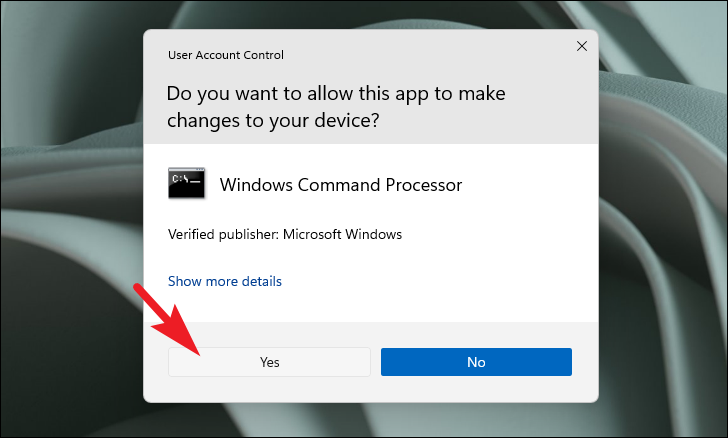
Step 4: To clear the product key from the registry, type:
slmgr.vbs /cpky
Step 5: Remove the key from the operating system by entering:
slmgr.vbs /ckms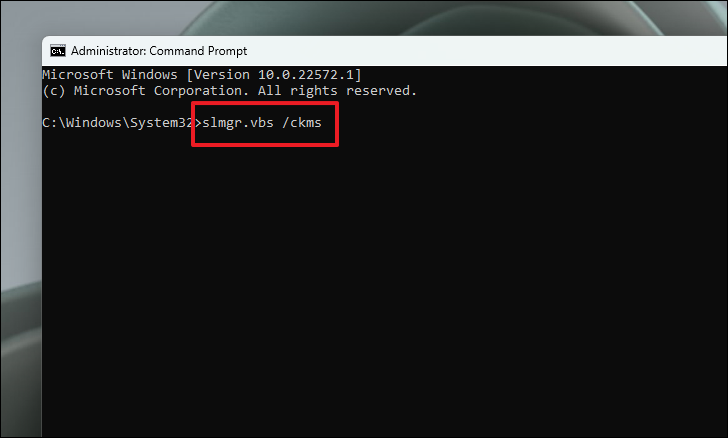
Step 6: Start the License Manager service by executing:
sc config LicenseManager start= auto & net start LicenseManager
Step 7: Start the Windows Update service by running:
sc config wuaserv start= auto & net start wuaserv
Step 8: Finally, initiate the upgrade by entering your new product key with the following command (replace XXXX-XXXX-XXXX-XXXX-XXXX with your actual product key):
changepk.exe /productkey XXXX-XXXX-XXXX-XXXX-XXXX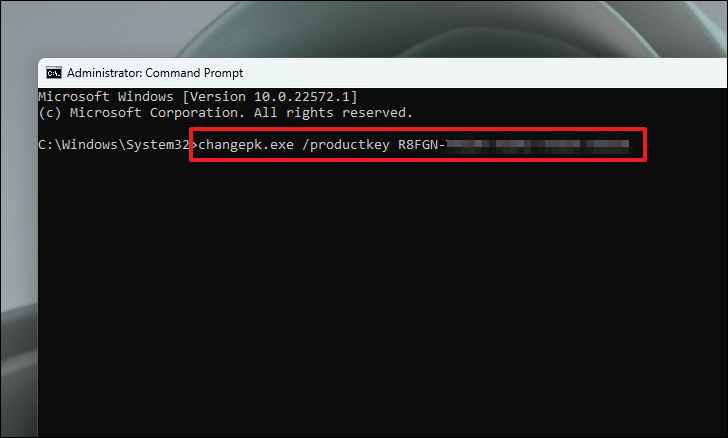
This should initiate the upgrade process. Follow any on-screen instructions to complete the upgrade.
Method 4: Reset Your PC
If none of the previous methods have resolved the issue, resetting your PC might help. This process reinstalls Windows but allows you to keep your personal files. Note that it will remove installed applications and reset settings to their defaults.
Step 1: Open the Start Menu and click on the 'Settings' app. Alternatively, you can search for Settings.
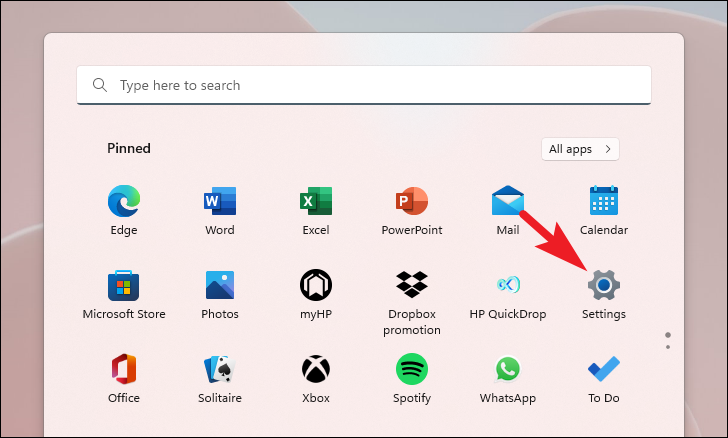
Step 2: In the Settings window, ensure you're on the 'System' tab.
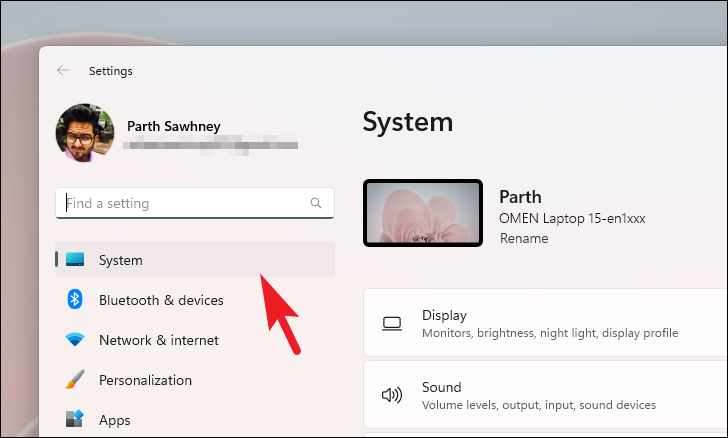
Step 3: Scroll down on the right side and click on 'Recovery'.
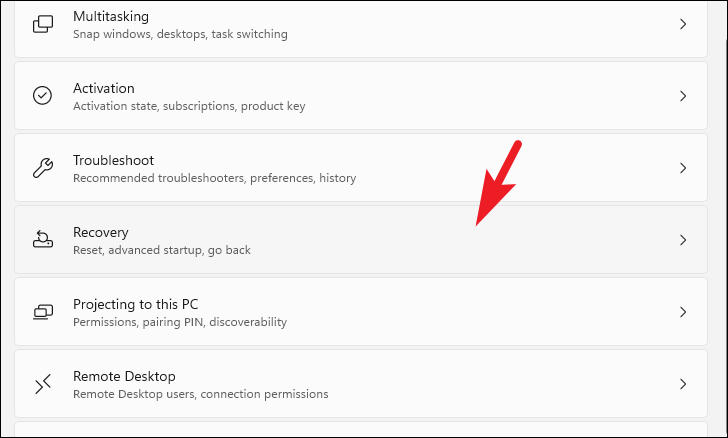
Step 4: Under 'Reset this PC', click the 'Reset PC' button. A new window will open.
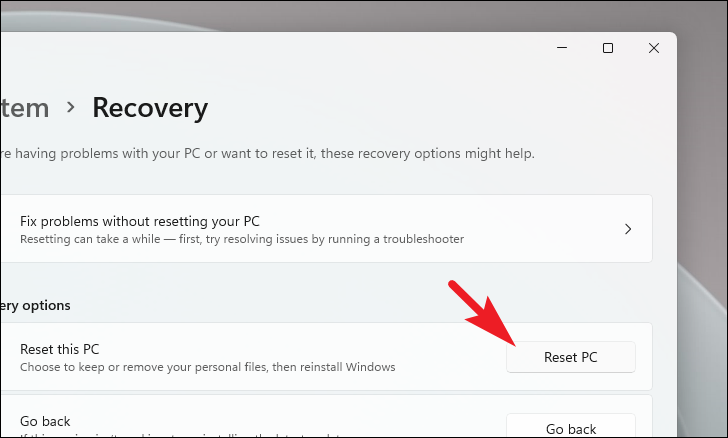
Step 5: Choose 'Keep my files' to retain personal data while removing apps and settings. If you prefer to remove everything, select 'Remove everything'.
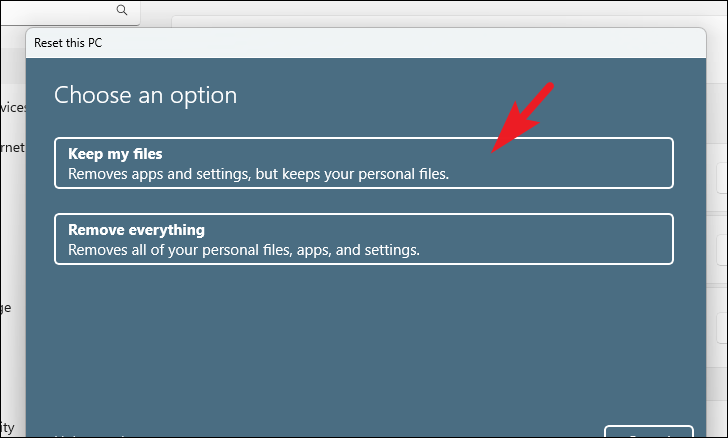
Step 6: Select 'Cloud download' to reinstall Windows from the cloud, which may resolve issues with the local installation. Note that this requires an Internet connection and will download about 4 GB of data.
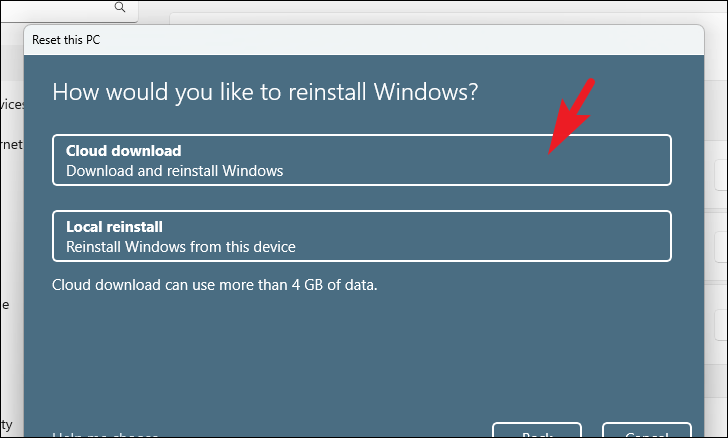
Note: 'Cloud download' will require an active internet connection and will consume upwards of 4 GB of data.
Step 7: Review the current settings. If you need to change anything, click on 'Change settings'.
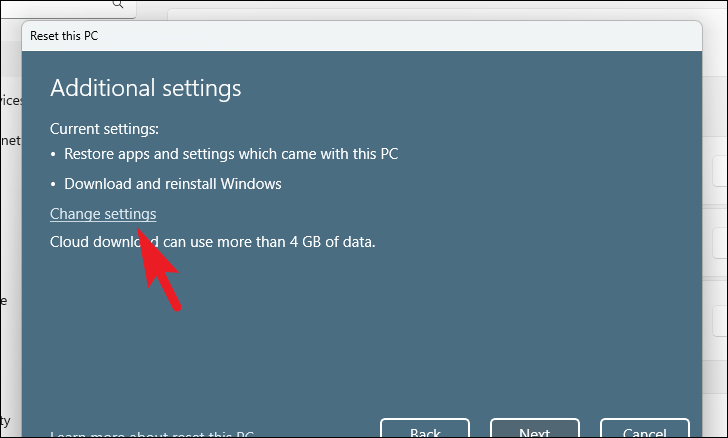
Step 8: In the settings, you can choose whether to restore preinstalled apps and switch between cloud or local reinstall. Adjust the toggles as needed and click 'Confirm'.

Step 9: Back on the main reset window, click 'Next' to proceed.
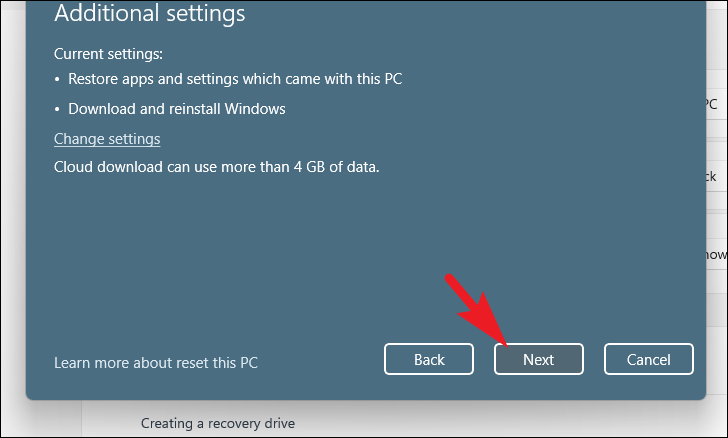
Step 10: If prompted that you won't be able to roll back to a previous version, click 'Next' to continue.
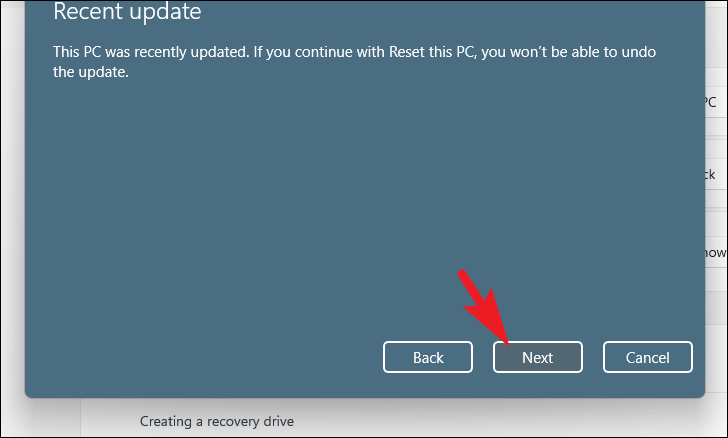
Step 11: Review the summary of actions that will be taken. When ready, click 'Reset' to start the process.

Your PC will restart and begin the reset process. This may take some time, and your system may reboot multiple times.
By following these methods, you should be able to fix the 'Preparing for Upgrade' window crash and successfully upgrade your Windows 11 system.









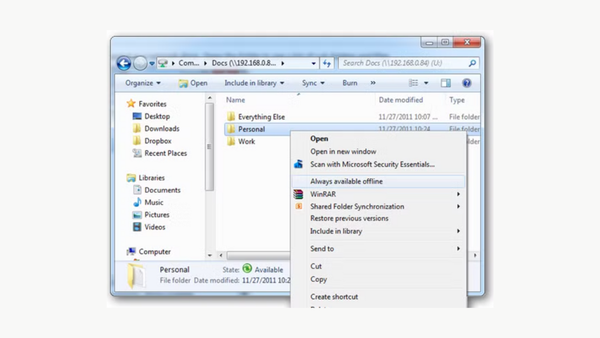

Member discussion